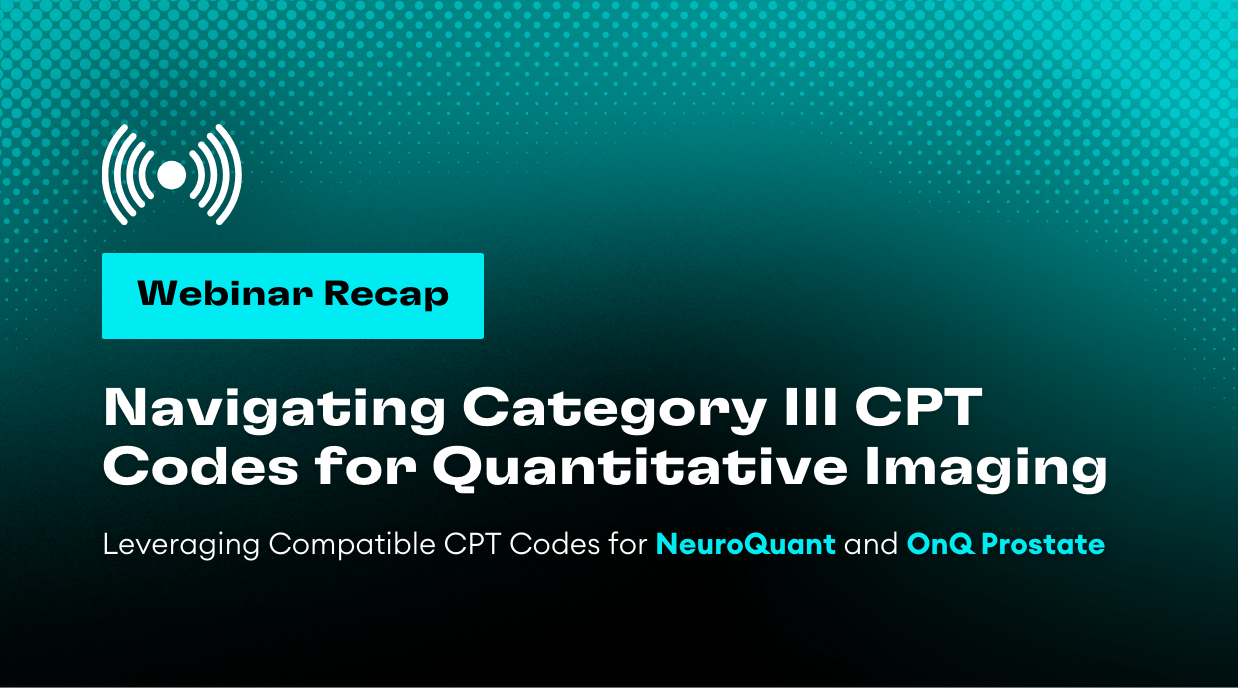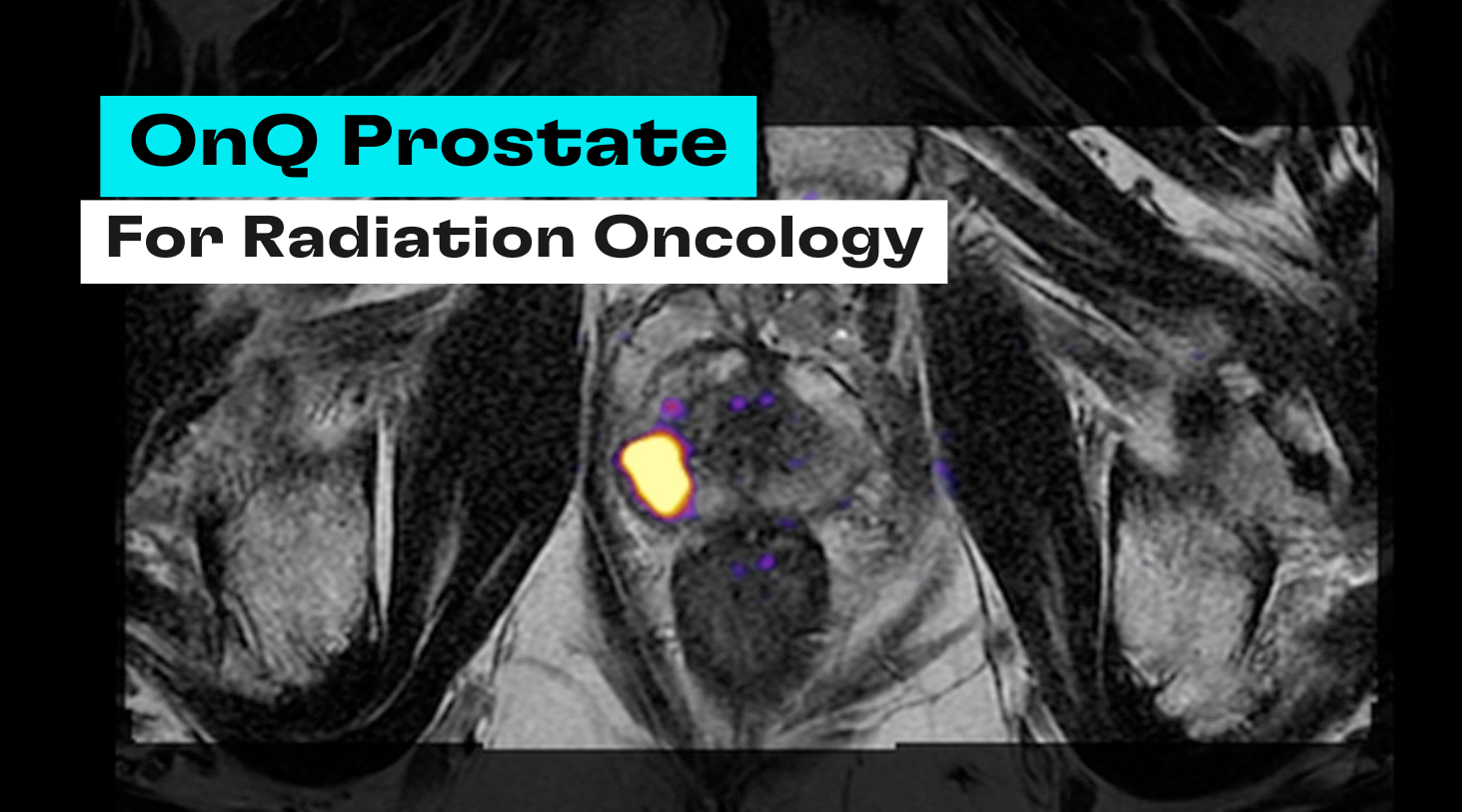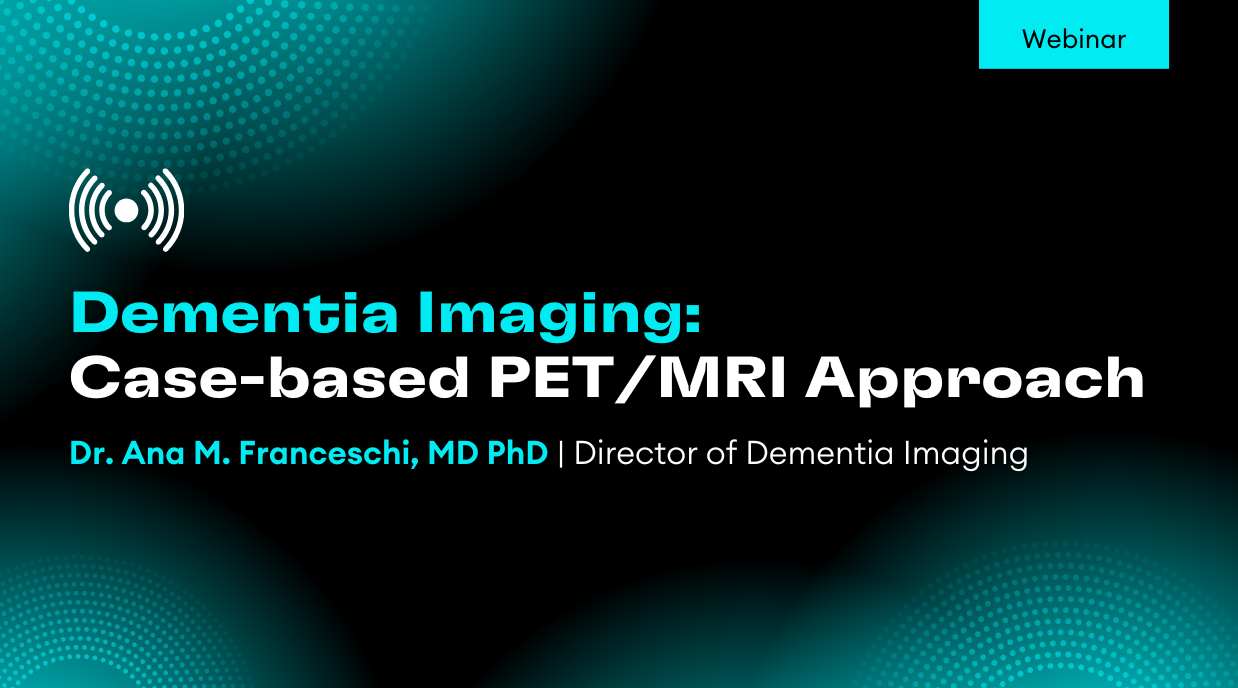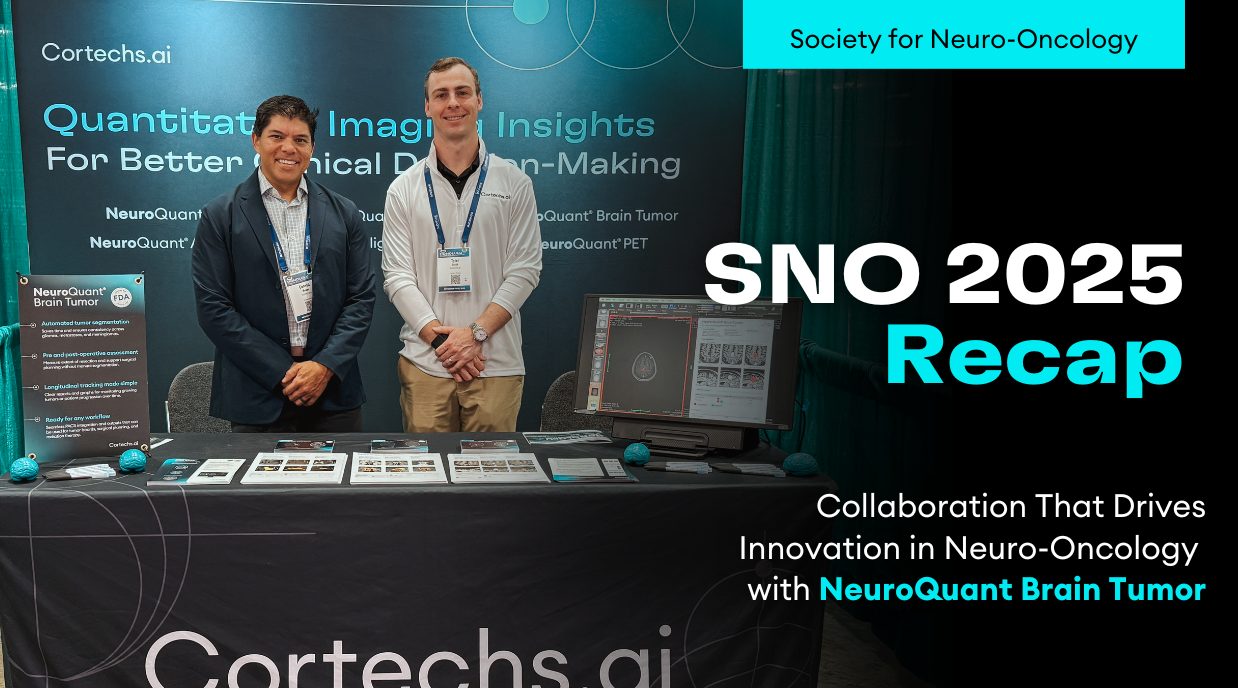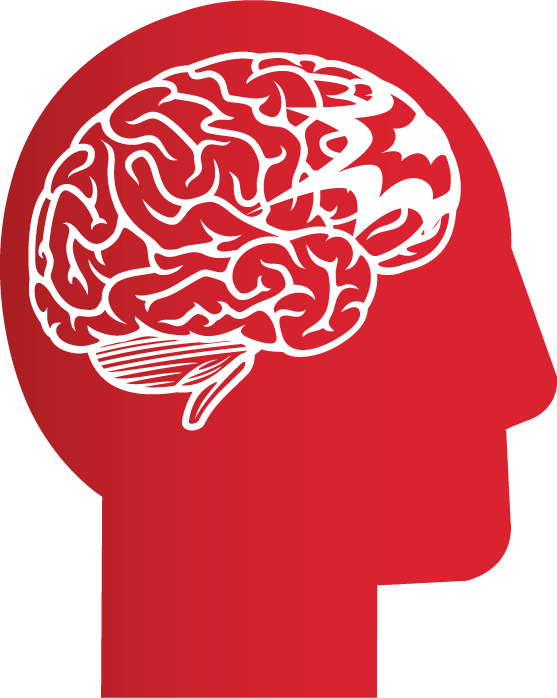 Even though January is quickly drawing to a close, we wanted to take a moment to highlight January as National Winter Sports TBI (Traumatic Brain Injury) Awareness month and highlight the importance of sports safety when participating in winter sports, such as, ice hockey, skiing, sledding, snowboarding, ice skating, and snowmobiling.
Even though January is quickly drawing to a close, we wanted to take a moment to highlight January as National Winter Sports TBI (Traumatic Brain Injury) Awareness month and highlight the importance of sports safety when participating in winter sports, such as, ice hockey, skiing, sledding, snowboarding, ice skating, and snowmobiling.
Brain trauma typically occurs when there has been an injury to the head, which can be caused by falling or crashing into another person or objects while participating in winter sports. These types of accidents can lead to head injuries like concussions and traumatic brain injury. Winter sports brain traumas are in the top 10 of the highest number of estimated head injuries treated in U.S. hospital emergency rooms. In 2009, the Consumer Product Safety Commission estimated that over 20,000 reported emergency room visits were from winter sports and this number is thought to increase every year.
Recently, we wrote about chronic traumatic encephalopathy (CTE), a progressive degenerative brain disease typically seen in athletes who have a history of repetitive brain trauma (concussions and subconcussions). CTE is a concern for winter sports athletes, as well. You can read that post here.
Preventive measures, such as correctly fitted helmets and other protective head equipment, can help winter sports participants avoid concussions and TBIs. If a concussion or TBI is suspected, it is important to take and keep the injured person out of play until he/she has been thoroughly evaluated by an experienced medical care professional and given permission to return to play.
The NeuroQuant Triage Brain Atrophy Report can be used by physicians in their assessment of brain trauma. NeuroQuant is the first FDA cleared and CE marked medical device software that helps physicians detect and measure changes in brain structures, which could occur in a brain injury. The Triage Brain Atrophy report is available for ages 3 to 100 and provides volume measurements of 39 brain structures separated in right and left hemisphere and sorted by lobe and region. NeuroQuant is an accurate and proven software tool that provides quantitative measurements to aid in clinical assessments of brain anatomy after injury.
